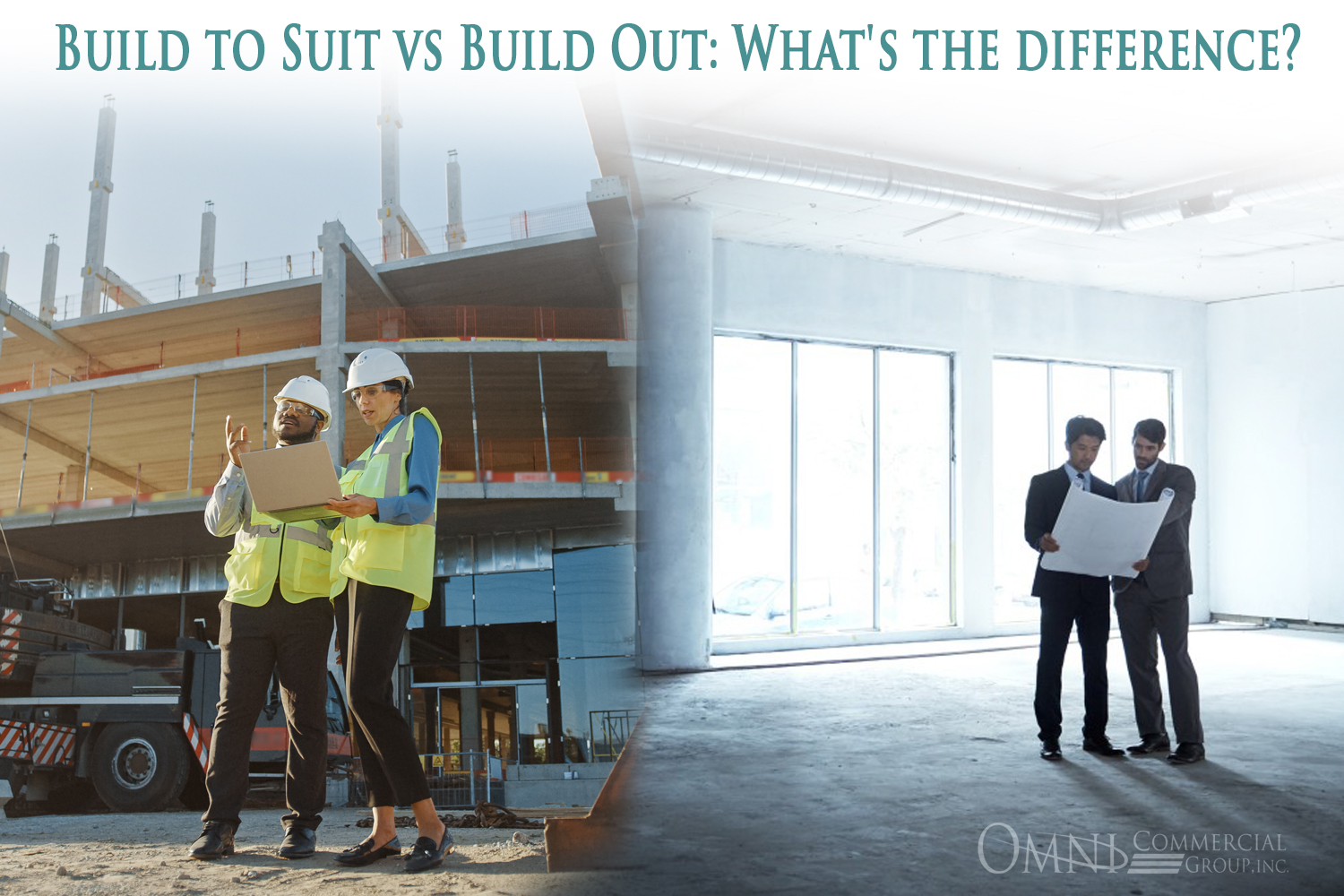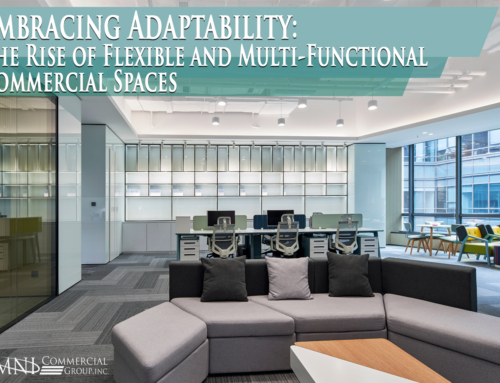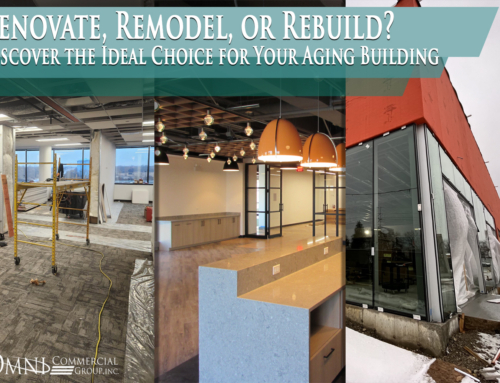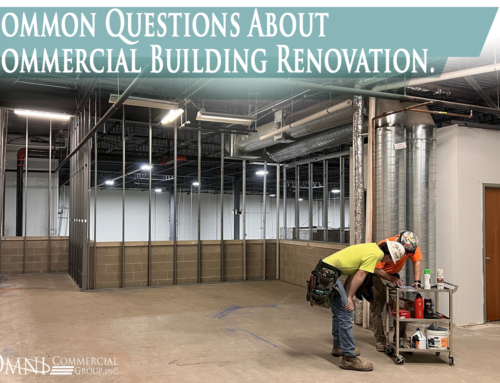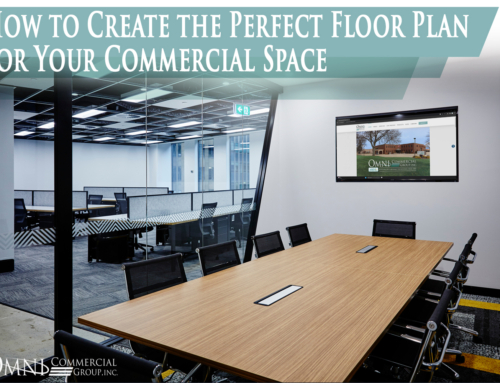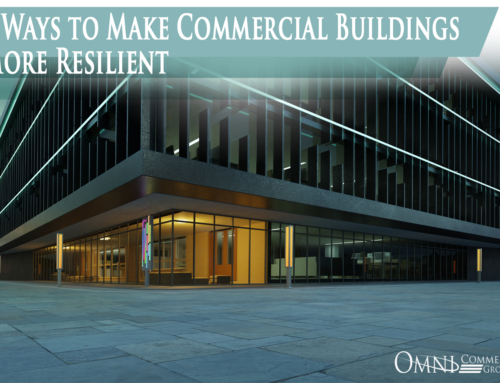This new world of virtual and hybrid working models has heightened the need for flexible offices, smarter spaces, and healthier buildings. An office space positioned with the best infrastructure and modernization will attract the best tenants. In commercial real estate, a tenant’s needs will depend on the industry, but meeting a tenant’s needs can help obtain future tenants. There are two ways to meet a tenant’s needs in commercial real estate, build-to-suit or build-out. Let’s look at these two types of builds to see what their differences are.
What is the Difference?
Build-to-Suit:
Building to suit is where a commercial property tenant enters into an agreement with a developer or landowner to construct a new, custom-built facility for lease. Once completed, the tenant typically becomes the sole occupant. This can also happen when a commercial space is under construction or about 80% done. Once the tenant has signed a lease on the space, the contractor will work with them to finish the space according to their needs.
Build Out:
A build-out usually occurs when a commercial space had a previous tenant finishing; the original tenant improvements are demolished for the new build. The landlord may agree to remodel the unit according to the needs of the tenant. This might include updating and modernizing the space to be up-to-date aesthetically and bringing it to meet energy-efficient standards. Sometimes, the tenant employs their own contractor to do the work under an agreement with the landlord.
Which Option is Right for You?
If the commercial property is a new build, then the units will be finished as build-to-suit for the new tenants. If the commercial property is already existing, then a build-out agreement will be negotiated with the new tenant on what the improvements will consist of prior to moving in. This can include improvements responsible by the tenant and improvements responsible by the property owner.
Negotiate the Terms of a Building Agreement Carefully
Whether you are doing a build-to-suit or build-out, it’s important that you negotiate the terms of your agreement with your tenants carefully. Most tenant improvements are on a strict allowance for project management fees, architectural fees, permits, furniture, and hard construction costs. The tenant typically engages with construction expertise; a project manager is utilized to manage the process from space planning through the final move and punch list.
Both types of projects can be tricky for building owners, managers, and tenants. Strict timetables for approvals are put in place to ensure neither party delays the process; safeguards are also put into the lease to make sure the landlord has the wherewithal to deliver the negotiated allowance. The right choice for you will depend largely on your circumstances and the credibility and experience of the landlord involved.
Omni Commercial Group is an industry leader for commercial construction services, and we consider that our specialty. We can successfully complete both build-to-suit and build-out projects because of our general contracting experience. Omni Commercial Group has the experience and relationships to bring you the best construction team to manage and build your commercial projects. When our clients need professional supervision for the management of their projects, they turn to us! Contact us today or send us your RFP.

